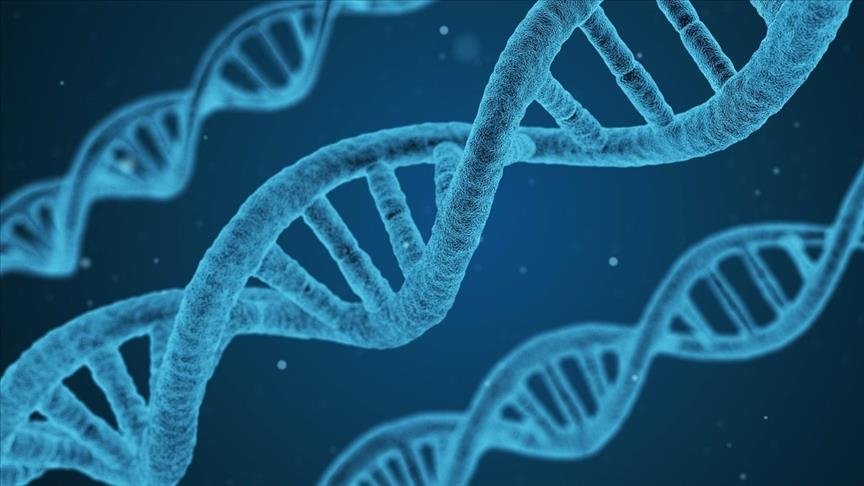ANKARA
Research led by a Turkish university has concluded that Turkey is a bridge between the East and West with its genetic structure, just like its geography.
The research was carried out with the participation of the Koc University Suna Inan Kirac Foundation, Health Sciences, along with Rockefeller University (New York), Yale University and Cardiff University and New York’s Icahn School of Medicine at Mount Sinai under the leadership of Bilkent University’s Molecular Biology and Genetics Department in the Turkish capital Ankara.
It examined the DNA of approximately 4,000 people from all 81 provinces of Turkey.
The project’s executive director, Bilkent University faculty member Prof. Tayfun Ozcelik, shared the findings of the research with Anadolu Agency.
Ozcelik said they obtained important data on the detailed genetic structure of Turkish society in the study, which lasted about 10 years and was carried out with a budget of $10 million.
“The results of our study showed that Turkey has a genetic integrity and contains a high level of genetic diversity,” he said.
Noting that there are common genetic components between Turkish society and Balkan, Caucasian and Middle Eastern societies, Ozcelik stressed that there is also a higher level of similarity with European societies than expected.
“Turkey, like its geographical location, is a bridge between the East and the West with its genetic structure,” he emphasized.
He said the results point to the genetic effects of migration events that have occurred so far in Anatolian geography.
Close relations with European societies
Mentioning that Anatolia serves as a historical bridge between Asia, Europe and Africa, Ozcelik said that “from a phylogenetic point of view, Turkish society also reflects the effects of this bridge duty decisively.”
“Turkish society has been observed to have a close relationship with people living especially in the Tuscany region of Italy. The second country in this close relationship was identified as Spain.
“These findings may reflect the effects of the Neolithic migration of Anatolia’s first farmers to Europe,” he added.
Precious database
Ozcelik said the most comprehensive genetic database to date for Turkish society has been created thanks to the research, noting the original genetic changes to Turkish society have been found.
“The findings also revealed a large number of rare genetic changes that were previously undetected but may be associated with a disease,” Ozcelik said, adding the database was created with the work of 10 large research groups for 10 years and emphasized the importance of scientific cooperation.
“Identifying such genetic changes is a strong basis for future research on human genetics, especially in Turkey,” he said.
“The database created is designed to detect genetic changes in candidate genes that are rare and cause single-gene diseases, as well as to detect complex diseases such as obesity and diabetes. It will be a valuable reference resource for determining genetic susceptibility. The database is available to researchers.”
He also reported that a scientific article on the genetic structure of Turkish society was announced to the scientific world with an article published in Proceedings of the National Academy of Sciences, the official publication of the American Academy of Sciences.
‘High level of inbreeding coefficient poses risk, especially for recessive diseases’
Bilkent University doctoral student Ece Kars, the article’s lead author, said “the research demonstrates that due to inbreeding in Turkey, it was found that the inbreeding coefficient of Turkish individuals was also high. A high level of inbreeding coefficient poses a risk, especially for recessive diseases.”
Kars pointed out that each person carries two copies of each gene inherited from their mother and father.
“Recessive diseases occur when the genetic changes that cause the disease are present in both copies.
“When the mother and father are relatives, this probability is quite high. The results of this study will be useful in the discovery of genetic changes in previously unknown recessive diseases.”










Discussion about this post